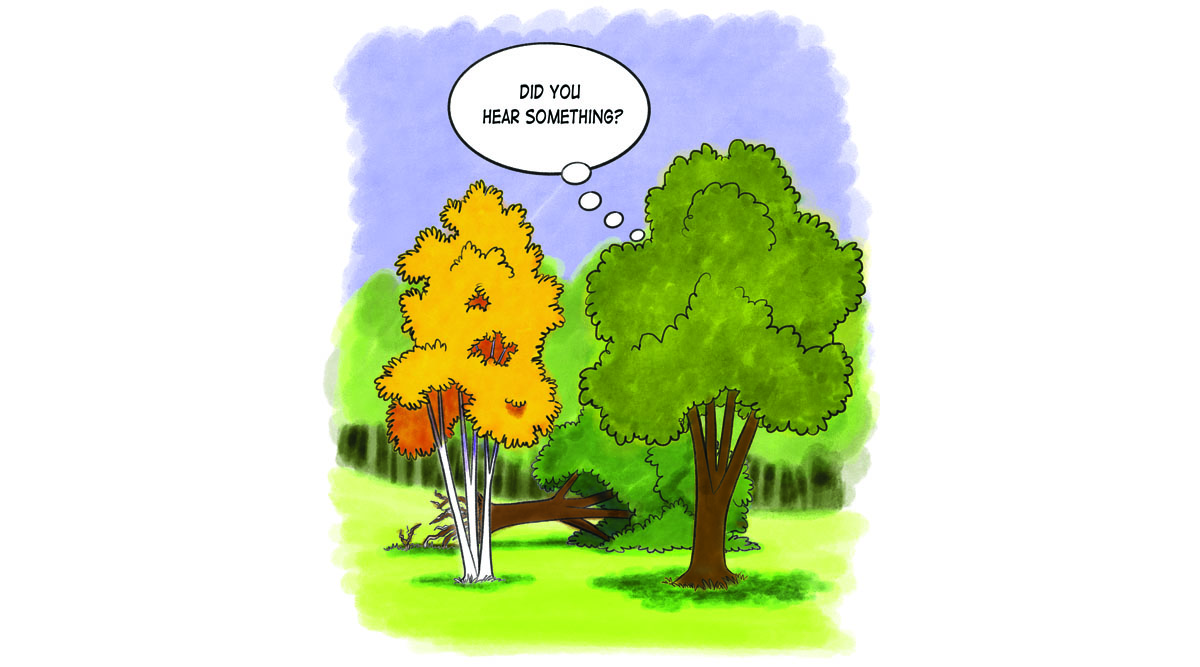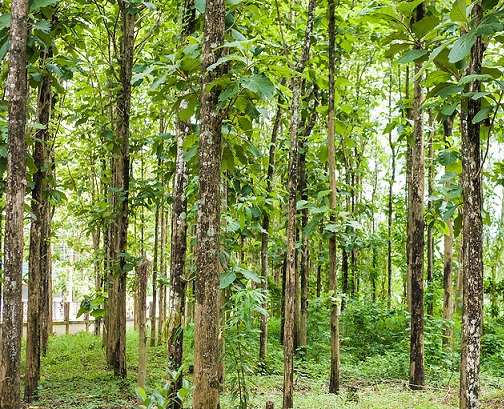

Pinus parviflora (Japanese white pine) cultivars Pinus parviflora 'Fukuzumi' Others, such as ‘Ambergold’ or ‘Winter Sun’ grow to become quite vertical in habit. There are quite a few golden mugo pines, in addition to 'Schweitzer Tourist', ‘Carstens’ is an excellent low-growing selection, as is ‘Sunshine’.

It is a wonderful choice for a container, as well, and works beautifully in a rock garden. Its deep green needles lend richness and depth to the landscape. But there is also beauty and drama lurking in this widely variable and misunderstood species! Take the ‘Jakobsen’ mugo pine above: it naturally develops an open and interesting architecture, requiring no pruning to provide a structural garden focal point. Mugos are some of the toughest conifers out there, native to the windy mountains of central Europe they are accustomed to eking out an existence in a tough environment.

Mugo pines are probably the pines most often seen at mainstream nurseries and big box stores, and are often deemed unexciting by amateurs and aficionados alike. The ACS recognizes almost 80 cultivars of this species, commonly called mugo (pronounced ‘moo-go’, not ‘mew-go’) pine or mountain pine (USDA zone 3). Pinus mugo (mountain pine or mugo pine) cultivars Pinus mugo 'Jakobsen' is attractive in the landscape or in containers The specimen above is pruned regularly to open the crown and expose some of the trunk and branching, but it is not necessary, as the photo as the link demonstrates.Ģ. It is slow-growing and well-behaved, requiring little pruning or special care. Low Glow Japanese red pine (USDA zone 5) has a spreading habit, lush green needles and when mature, reddish textured bark. Pinus densiflora ‘Low Glow’ Close up showing branching and trunk 10 of the best pines for gardens and one to avoidġ. It’s in the world of cultivars that you can find attractive, tough, interesting, structural choices to enhance your garden’s year-round beauty. A cultivar, short for ‘cultivated variety’, represents a selection that was chosen due to its slower growth rate, dwarf form, unusual color, weeping habit, etc. The key for gardening successfully with pines is to choose among the thousands of dwarf pine cultivars. Wild-growing pines quickly become too large for all but the grandest gardens, as the photo of the sugar pine demonstrates, although amongst the approximately 100 recognized species in the genus Pinus there are many trees with attractive features. Pinus lambertiana (sugar pine) growing in the southern California mountains To truly be a pine tree, a conifer must belong to the genus Pinus. Most Christmas trees sold in this country are firs or spruces, despite the fact that they are often referred to as pine trees. However, those roughly 200 species in Pinaceae include not just pines, but firs, spruces, cedars, hemlocks and larches. Many of us have a tendency to refer to all conifers as pine trees, which is not illogical considering that the pine family (Pinaceae) is the largest family of conifers and accounts for approximately ¼ of all cone-bearing trees (the definition of a conifer is a plant that bears cones). Additions to the International Conifer Register.


 0 kommentar(er)
0 kommentar(er)
